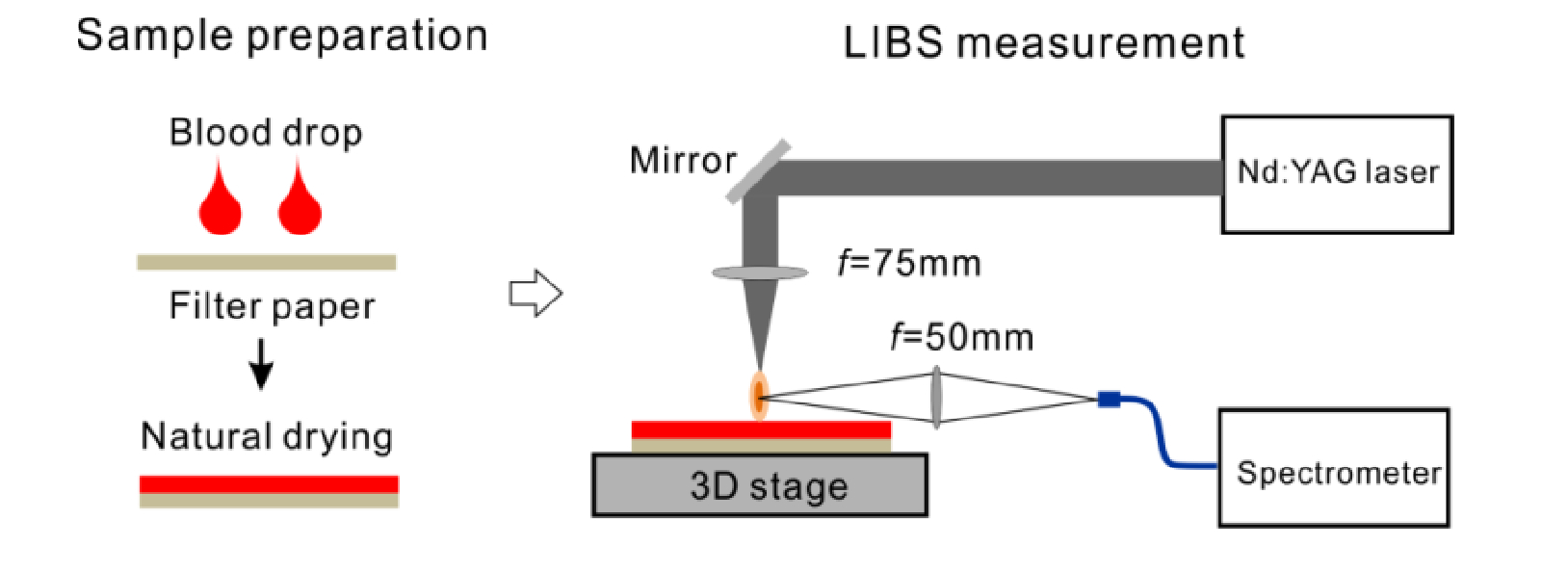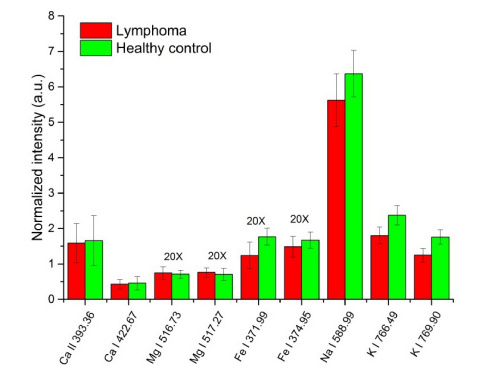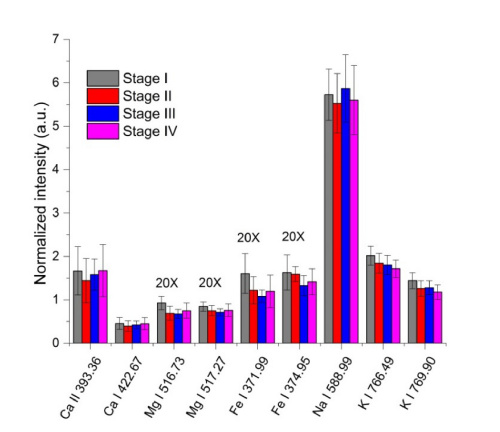
Laser-induced Breakdown Spectroscopy (LIBS) could be a quick and accurate alternative to pathology for lymphoma diagnosis. Courtesy of Esist.
A collaborative research team from Harbin Medical University and Harbin Institute of Technology present a promising alternative to detect lymphoma in blood samples in their recently published paper. The group sought to use a common analytical technique known as LIBS (laser-induced breakdown spectroscopy) to devise an accurate, minimally-invasive, and quick method for early lymphoma diagnosis.
Lymphoma Diagnosis Today
According to the International Agency for Research on Cancer, lymphoma is one of the ten most common cancers in the world. Early diagnosis is imperative in keeping the disease from progressing and can greatly reduce mortality rates. Early-stage lymphoma, however, is especially difficult to detect because patients will rarely exhibit clinical symptoms.
Pathology is currently the most common method in discriminating lymphoma. This practice requires invasive biopsy collection. This means it cannot diagnose at an early stage because the location of the malignancies is not yet known. Pathology also requires extensive lab work and can produce vague results to be interpreted differently by different pathologists. The Harbin team’s laser-driven strategy provides near immediate results for all stages of cancer.

The above shows the experimental setup for LIBS measurement of the blood sample. Courtesy of OSA Publishing.
The Proposal
LIBS analyzes matter by focusing a high-energy laser pulse onto a sample to create a micro-plasma. The high temperature plasma then cools, allowing the excited atoms and ions to fall to their natural ground states. Computer software can then characterize the resulting emissions to determine chemical components of the sample.
The LIBS method uses a fairly straightforward setup. The sample is first placed on a filter paper and onto a 3D translation stage. Researchers then generate plasma from the sample using a Q-switched Nd:YAG laser. A focal lens collects the plasma emissions where it couples into a fiber bundle to be viewed by a spectrometer.
Here, researchers hope to use LIBS to detect malignancies in small blood samples. The Harbin group used common chemometric methods for discrimination analysis to assist LIBS. These models include principal component analysis (PCA), linear discriminant analysis (LDA) and k nearest neighbor (kNN).
In order to best test the accuracy of their proposal, the Harbin took samples of blood from 17 healthy participants and 16 diagnosed lymphoma patients. The severity of the patients’ cancer ranged from Stage I through Stage IV. Changes in the human body trigger changes in the blood; therefore, the team writes, “The variation of the trace element levels is either cause of the result of abnormal metabolism and proliferation of the cancers.”

The above is a comparison of the LIBS emission lines of the samples from the group diagnosed with lymphoma and the healthy controls. Courtesy of OSA Publishing.
The Results
The researchers compared the concentrations of elements such as calcium, sodium, oxygen, iron, hydrogen, magnesium, and nitrogen in each sample group. First, using only the LIBS spectral reading, the team identified a few key differences between the lymphoma and healthy groups’ samples. For example, the spectra show the former group’s samples contain a lower iron concentration. The Harbin team postulates this is because lymphoma patients often suffer from anemia. In addition, intensities of magnesium, iron, and potassium seem to decrease with each growing cancer stage. These results alone, however, are inconclusive in terms of potential for early diagnosis.

The above graph shows LIBS results for different stages of lymphoma.
The group then applied chemometric methods to assist in discrimination analysis to obtain more sensitive and specific results. This removed any “abnormal data” for a more focused spectra. LDA showed especially promising accuracy. Using this method, only 5 of 1571 observations of the lymphoma class and 2 out of 1669 observations of the healthy control class were misclassified. LDA, therefore, performed with a 99.78% corresponding accuracy. Incorporating LDA methodology into detection methods provided a sensitivity of over .996.
These results were available in only nine minutes.
Moving Forward with LIBS
The Harbin group proves that their method has great potential in modern lymphoma diagnosis. They write in conclusion of their study that “The results demonstrate that the whole-blood-based LIBS technique assisted by chemometric methods can serve as a quick and accurate tool for diagnosis of human malignancies.” LIBS could outperform pathology in a number of ways. The technique accurately detects Stages I and II before the patient even experiences symptoms. Additionally, LIBS does not require a biopsy.
LIBS tests for cancers are fast, accurate, and minimally-invasive. With a high potential for early diagnosis, LIBS and LDA analysis open patients up to more treatment options and higher survival rates.
For more information on their groundbreaking research, click here.
